The story of steel is full of more twists and turns than most people realize. Some of the world’s biggest cities, railroads, and even the gadgets in your pocket wouldn’t exist without it. Yet, did you know that a single steel company in China churns out more steel in a year than some entire countries? Or that India, once mostly an importer, now boasts steel firms on the world stage? The race is on, and the winners change every year. Right now, as you’re reading this in July 2025, the steel industry is run by a small group of titans you’ve probably never heard about at dinner parties, but their products shape your life every day. So, who are these global giants leading the steel manufacturing world, and what makes them so unstoppable?
ArcelorMittal: The Relentless Global Powerhouse
When you talk steel, you just can’t skip ArcelorMittal. Headquartered in Luxembourg, but truly global in every sense, this company sits at the top of nearly every serious ranking. In 2024, it pumped out a jaw-dropping 70.5 million tonnes of crude steel, leading the non-Chinese pack—an impressive feat considering how China dominates the market. Lakshmi Mittal’s brainchild has sites in 60 countries and actual steelmaking operations in 17, stretching from Europe to North America to Africa.
So what’s their not-so-secret sauce? Vertical integration. They’ve got their hands in mining their own iron ore, which cuts costs and puts them in a better spot when prices shoot up. Plus, ArcelorMittal bets heavily on innovation. Just last year, they announced plans to recycle more than 4 million tonnes of scrap annually, slashing their carbon footprint in ways that competitors still only dream about. The company takes aim at hydrogen-based steelmaking too—a game-changing way to make steel without cranking out loads of CO2. That might sound futuristic, but they’ve already got pilot plants up in Germany.
Here’s a fun fact: the steel frame inside the world’s tallest building, the Burj Khalifa, came straight from ArcelorMittal’s plants. The company’s mix of financial muscle and technical firepower means it doesn’t just follow trends—it helps set them. If you’ve ever crossed a new bridge in Europe or bought a modern car, you’ve probably benefited from ArcelorMittal’s steel without even knowing it.
Someone once wrote, “We are what we repeatedly do. Excellence, then, is not an act but a habit.” That’s Aristotle, of course, but Mittal’s team could hang the quote right above their boardroom door. But don’t just take my word for it—here’s what the Financial Times highlighted when covering their sustainability report:
“ArcelorMittal’s scale gives it enormous leverage to drive cleaner production processes and partner with governments and customers for decarbonizing steel.”
Whether it’s green steel or building tomorrow’s cities, ArcelorMittal is impossible to ignore.
China Baowu Steel Group: The World’s Steel Juggernaut
If ArcelorMittal is the king outside of China, Baowu is the emperor within. This Shanghai-based behemoth is easily the world’s largest steelmaker—and it’s not even close. In 2024, Baowu blew past the 130 million tonnes mark, which is more steel than the next three companies on this list combined. That much steel could build over 20,000 Eiffel Towers, just to give you a wild visual.
Baowu didn’t get here by playing it safe. For years, it’s snapped up rivals left and right, merging with Wuhan Iron & Steel, Maanshan Iron & Steel, and the latest, Baotou Iron & Steel. As China’s demand for steel shifted from explosive growth to stability, Baowu focused on reorganizing, cutting waste, and sharpening production rather than just ramping up volume.
They’re ultra-efficient, but their mind-boggling scale brings some unique opportunities. Baowu is at the cutting edge of recycling in steel, claiming to reuse over 20 million tonnes of scrap metal each year. Plus, China’s push for “green steel” means Baowu is investing heavily in new processes that lower air pollution and energy use. It’s probably one of the few steel companies where AI and smart factories are in use at this ridiculous size—imagine algorithms optimizing when furnaces switch on or off based on electricity prices, carbon emissions, and even the weather.
Here’s a fresh stat for you: As of 2025, nearly 10% of Baowu’s annual production now comes from processes with “zero direct carbon emissions,” due to green hydrogen trials and electric arc furnace expansions. That’s a headline few saw coming five years ago.
Take a look at this table showing the recent output from the world’s leading steel manufacturers:
| Company | 2024 Steel Output (million tonnes) | Country |
|---|---|---|
| China Baowu Group | 132.0 | China |
| ArcelorMittal | 70.5 | Luxembourg/Global |
| Nippon Steel | 57.2 | Japan |
| HBIS Group | 54.3 | China |
| JFE Steel | 27.0 | Japan |
If you’re wondering what Baowu makes, it’s everything—but you’ll find a big chunk in skyscrapers, railways, and shipping yards across Asia. Their ecosystem is so massive it even extends into finance and mining subsidiaries. Watch out—if Baowu sneezes, the entire Asian steel market catches a cold.

Nippon Steel Corporation: Japan’s High-Tech Steel Marvel
Turn your eyes to Japan, and Nippon Steel stands tall. With a record of 57.2 million tonnes in 2024, this Tokyo-based firm prides itself on quality over brute volume. If you’ve ever marveled at the seamless steel tubes inside Tokyo’s bullet trains or the ultra-high-strength steel in modern vehicles, there’s a good chance it came from Nippon Steel workshops.
While many companies race to make the most steel, Nippon Steel doubles down on making the best. The company prioritizes developing new steels—like its “Super-TIX” titanium series, used in everything from golf clubs to the aerospace industry. It also produces some of the world’s toughest electrical steel, which ends up inside the motors of electric vehicles from big names like Toyota or Nissan.
But being a tech leader isn’t easy when steelmaking is blamed for pollution. Nippon Steel tackles this with a massive R&D budget—roughly £600 million every year—to reduce emissions and develop low-energy manufacturing. If you’re looking for a steelmaker obsessed with efficiency, precision, and innovation, Nippon’s your model.
They’re also winning in partnerships. Just last year, they announced a collaboration with TSMC to provide steel for chipmaking plants—proving their ability to adapt in a tech-crazy world. And if you want sustainability, here’s a surprising move: they’ve ramped up using steel scrap in their electric arc furnaces, aiming to make up 30% of their annual melt by 2026.
According to Japan Metal Bulletin:
“Nippon Steel’s relentless focus on advanced materials is setting a new benchmark for the integration of steel in high-tech sectors.”
So next time a bullet train whooshes past, thank the engineers—but give a nod to Nippon Steel too.
HBIS Group: China’s Fast-Changing Steel Innovator
Often lurking just outside Baowu’s massive shadow, HBIS Group (Hebei Iron and Steel) is hardly a small fry. It delivered about 54.3 million tonnes in 2024 and isn’t shy about flexing its muscles across borders. What sets HBIS apart? For one, the company isn’t afraid to try radical sustainability experiments—or to buy up steel plants outside China’s borders. Flagship deals in Serbia and South Africa have given HBIS a real taste for global expansion.
This flexibility makes HBIS the chameleon of the steel world. When home demand cooled a few years back, the company switched gears, exploring specialty, high-strength steels for Europe’s car makers instead. They’ve also invested heavily in digitizing their production, betting on sensors and automation to keep costs tight and efficiency sky-high. On top of that, HBIS was an early adopter in moving away from blast furnaces to electric arc furnaces, cutting tons of carbon in the process.
They haven’t skimped on climate action either. In 2023, HBIS finished China’s first major industrial-scale hydrogen-based DRI (Direct Reduced Iron) project. Although it’s not huge compared to the company’s total output, this plant is now a test bed for what the future of clean steel could look like. They’re targeting at least 10% of production through low-carbon methods by the end of 2026.
If you geek out on sports or infrastructure, you’ve probably seen HBIS’s work: they provided steel for the iconic Bird’s Nest stadium in Beijing and sections of the Belt and Road railways stretching from Asia into Eastern Europe. As the Financial Times reported:
“HBIS Group’s global reach and nimble approach give it an outsized influence in shaping the future of steel—especially as sustainability pressures multiply.”
That’s the restless spirit of HBIS—big, bold, and not afraid to shake things up.
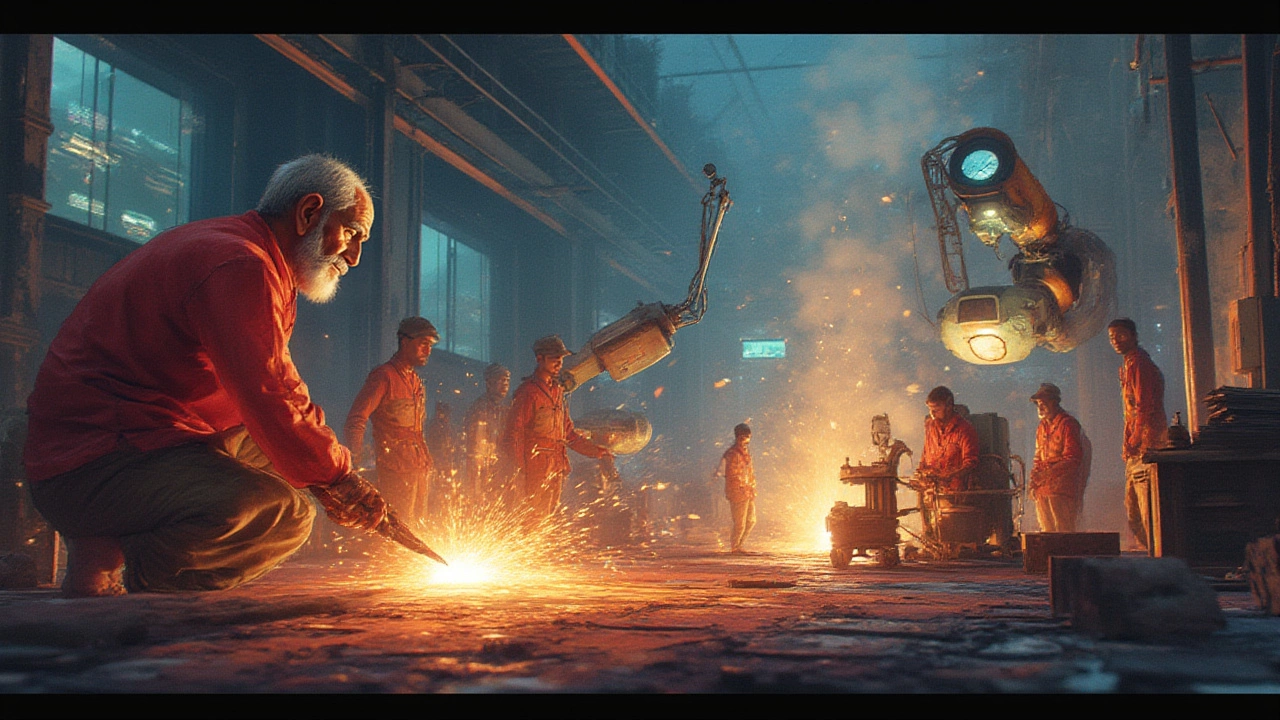
JFE Holdings: Consistency and Innovation in Japanese Steelmaking
Tucked behind the glare of Nippon but never far behind, JFE Holdings is Japan’s second-largest steel producer, clocking in at 27 million tonnes in 2024. While it doesn’t have the mind-bending output of a Baowu or ArcelorMittal, JFE is the standard-bearer for precision and reliability. JFE’s ultra-clean steel ends up in pipelines, shipbuilding, and the new generation of wind turbines dotting coastlines across Asia and Europe.
What keeps JFE in the conversation, even as the steel world gets more crowded? It’s their knack for making specialty steels—the kind that withstands brutal temperatures, resists corrosion, and even bends in just the right way for earthquake-proof skyscrapers. They’re deeply invested in the green steel race, too. The company recently completed a pilot plant using hydrogen as a fuel for steelmaking. By 2030, they aim to have reduced their carbon emissions by 50% versus their 2013 baseline, thanks to innovations like energy-recycling blast furnaces and waste heat capture systems.
The company works closely with construction giants as well as Japanese government agencies, often being the first port of call for ambitious infrastructure projects. And, unlike some rivals, they keep a large chunk of their business close to home, ensuring they’re always on hand for quality checks and fast delivery—a quiet but massive plus when timelines are tight.
For anyone watching future trends, JFE stands out for its focus on steel needed for the wind and solar sector. They’ve signed deals to provide the backbone steel for some of Europe’s largest offshore wind farms, a growth area as renewable energy surges ahead. A Bloomberg analyst summed it up this way:
“JFE Holdings proves that sometimes, slow and steady—combined with constant technical upgrades—wins the race for steel’s most challenging applications.”
When you want rock-solid dependability and the freshest innovations baked into your steel, JFE stands ready.


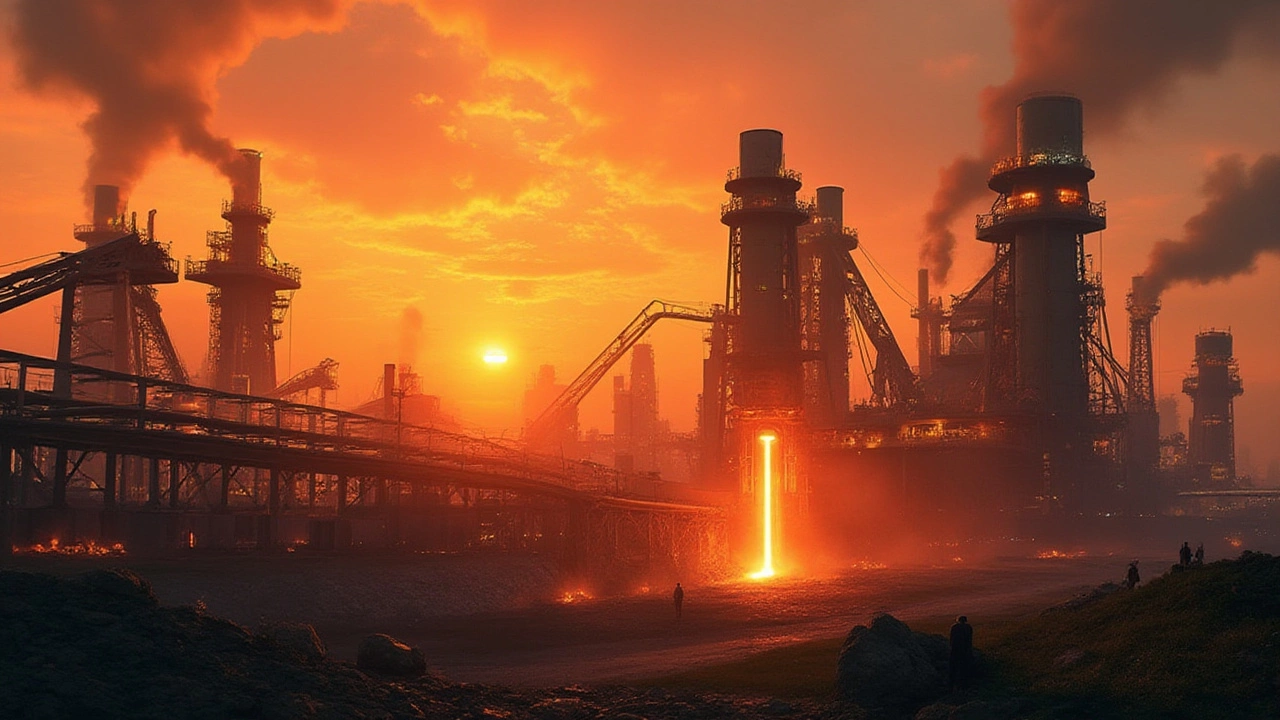

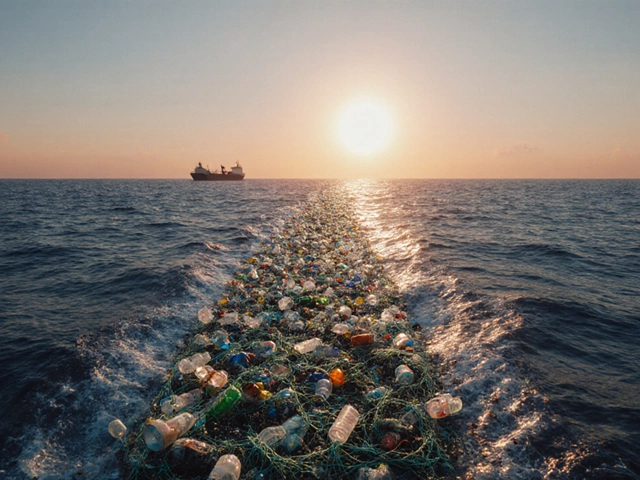
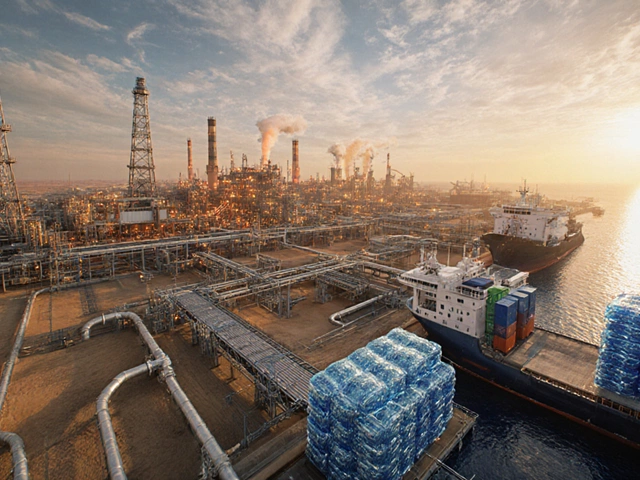
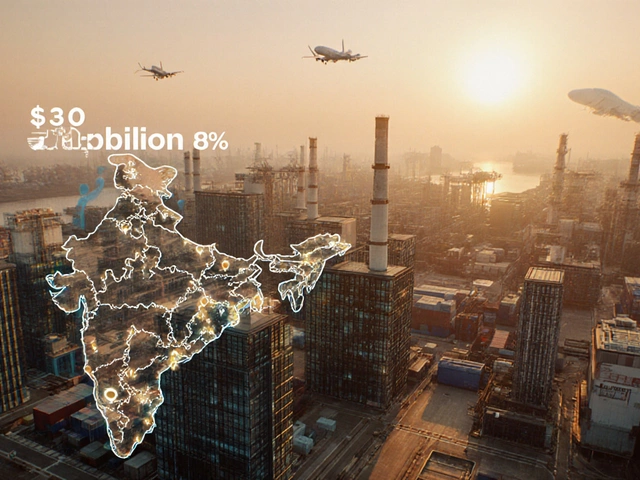

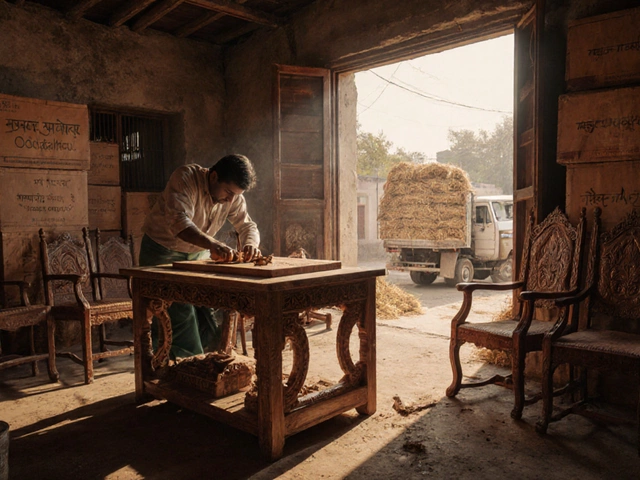
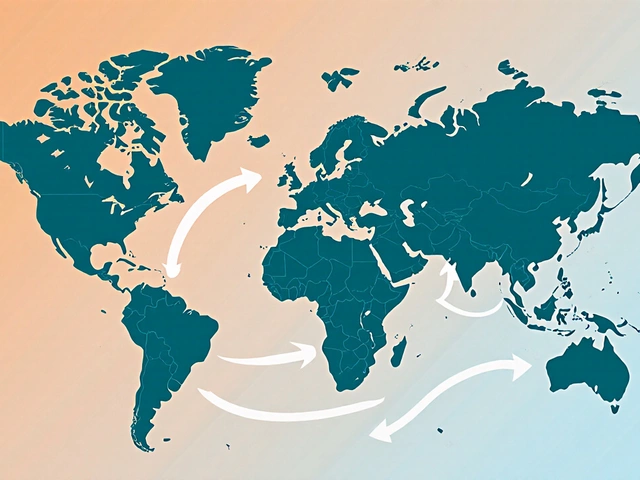
Write a comment